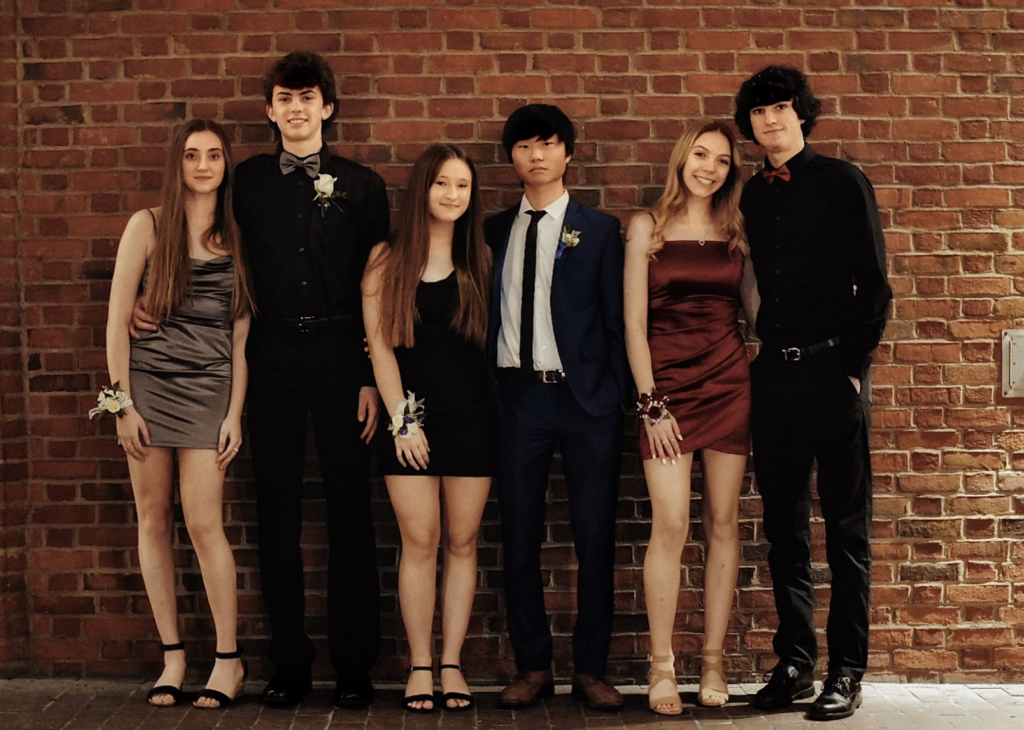Lighting is one of the most important concepts in photography, so one may automatically assume that outdoor portraits would need very little lighting consideration due to the abundance of beautiful, natural light. This could not be further from the truth. Outdoor portraiture requires a whole new thinking process, especially in regards to lighting. Here are a few basic tips to take into consideration to get you on the way to improving those outdoor portraits.
- Avoid direct sunlight.
Direct sunlight is more often than not, simply too harsh. Direct sunlight without diffusion will cause unsightly shadows and incorrect white balance in auto-modes. Additionally, in the outdoors, direct sunlight in the face of your subject will cause them to squint (and, they really cannot help it if the sun is in their face, and no amount of directing from the photographer will be able to get them to stop). - Shoot in shade, or on a cloudy or overcast day.
You should have seen this one coming. Trying to photograph on a day that is overcast or cloudy will improve the issues mentioned above. If you do not have the luxury of waiting for the sun and weather to cooperate, you can simply find some shade to work in. Clouds and trees can be made use of as if they are natural softboxes. Think of them as nature's assistants, and use them to your advantage. What you are seeking is a diffusion of light, which will enable you to have even lighting on your subject without harsh shadows and the other unsightly effects that direct sunlight entails.
- Use your flash!
If you are new to photography you may be thinking, “But why would I need flash outdoors?” This is not a silly question at all. It is often misunderstood that flash is just for indoor photos when there is a lack of lighting, but this happens to not be the case. Flash should be used to fill in the natural light, evening out your subject and eliminating any shadows. In fact, using flash and natural lighting together, if done well, can lead to a very nice balance that creates a lot of warmth in portraits. Flash alone can sometimes cause images to appear “cool”, and using flash and natural lighting together can create a warm glow. Some people do not like this, but generally it is a desirable result. - Avoid Midday Sun.
This kind of goes back to the last few things that were mentioned. However, Midday sun is very high in the sky and avoiding it can be difficult. Try to arrange for a time of day when the sun is low in the sky and not beating directly down on your subject (for example, in the evening – the sun is also not as harsh, and appears “warmer” during this time of day). If you can avoid the sun from beating overhead mercilessly, you are halfway there and have already won most of the battle.

This is an example of a photo taken at the beach during midday where no shade was available. The subject was too far away for flash to be effective, so we are left with a shadow under her chin. She is also squinting!
- Focus on the eyes.
Alright, you got me. This has nothing to do with outdoor photography at all, but is cannot be forgotten! It is one of the most important aspects of Portrait Photography without going into details of aperture and focal lengths to avoid making your subject's head appear swollen like a balloon! The eyes are the most important feature on the face and should always be the focus of your portrait. Leaving them behind to sink out of focus would be a crime, but as well all know – some rules can be broken with amazing results. I would not try that with this one, though. - Pay attention to your background.
Even if you are focusing on your subject and letting the background fall to the wayside, not noticing one unsightly background feature could ruin a whole set of photographs. Watch out for random leaves, twigs, signs, power lines, etc. The last thing you want to do is get home and realize that you did not even notice the branch growing out of the side of your subject's head. Yes, now we have photoshop and almost anything can be fixed, but let's not make post-production anymore tedious than it has to be. I always try to achieve an image that is as close to perfect as possible right off my camera's memory card. Trying to get it right “in camera” and not relying on fixing mistake in post-production makes you a better photographer. - Shoot in RAW.
Here is another one that is not specifically for outdoor photography, but is a rule that cannot be forgotten, especially when shooting outdoors. A RAW file is a digital negative. Simply put, a RAW file is your image directly from the sensor, with no manipulations made by the camera. When your camera compresses a JPEG file, it also corrects your image, which means it has been manipulated twice. This reduces quality of your image. With a RAW file, you do all of the corrections in post-production yourself. Remember what I said about making sure your images are as perfect as possible when they come off of the memory card? This may sound daunting, but do not rely on your post-production software to fix things that you can avoid and prevent from happening. Here is more on RAW Files, and additionally, this is a great article on RAW Software.







1 Comment
Great info thanks never thought to use flash.